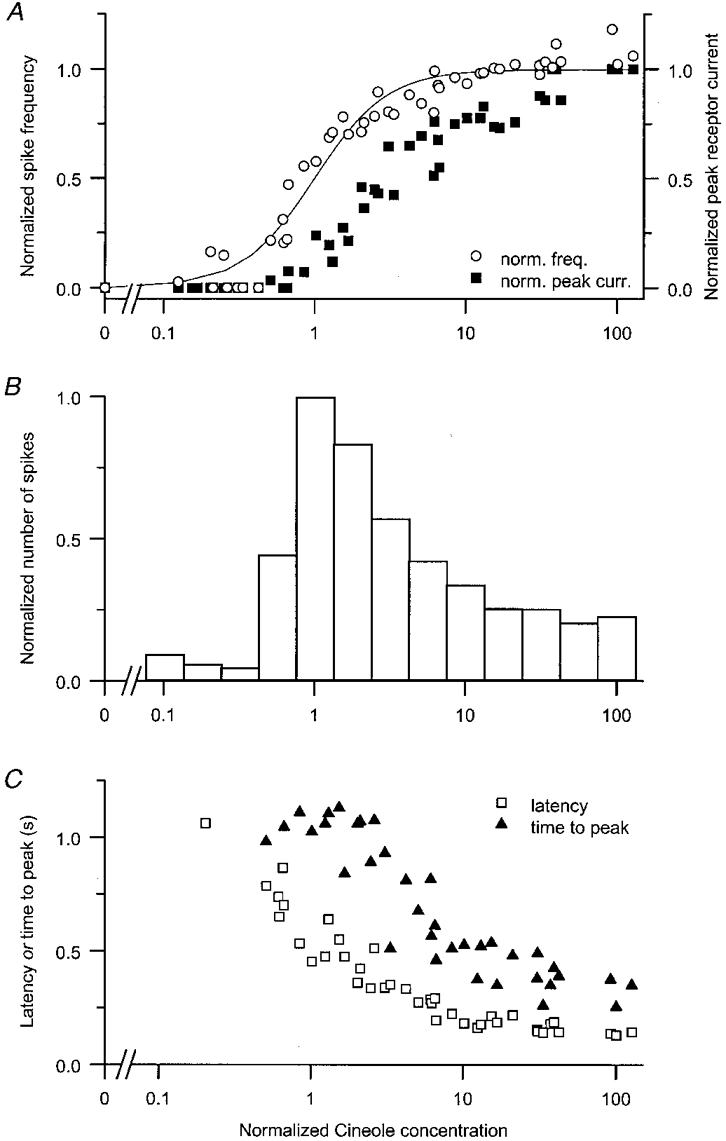Figure 3. Collected dose-response data from six cells.

A, comparison of the dose-response relations derived from the peak receptor current (▪) and spike frequency (○). The receptor-current data have been normalised according to the maximum response at high odour concentrations, while the frequency data have been normalised by dividing by the maximum frequency derived from the fitted Hill curve. Cineole concentrations have been normalised according to the stimulus required to elicit a half-maximal spike frequency kfreq, derived by fitting the Hill equation individually to the spike firing data from each cell. Continuous line is the Hill equation (eqn (1)) fitted to the pooled spike frequency data (unity amplitude and half-saturating frequency; Hill coefficient of 1.8). B, number of spikes fired in response to the odour stimulus. Data have been normalised for each cell according to the maximum number of spikes fired, and binned in 0.25 log10 units of normalised concentration. Concentration normalised as in A. C, latency to the first spike (□) and time to peak of the receptor-current response (▴). Values have been corrected for the delay before the solution change, estimated from the junction currents between dissimilar ionic solutions in suction pipette and bath. Concentration normalised as in A. Each panel shows pooled data from six cells.
